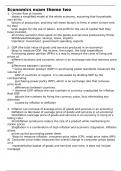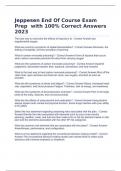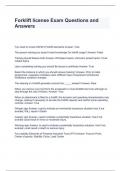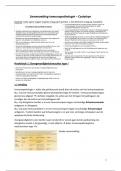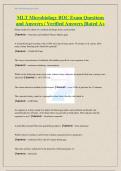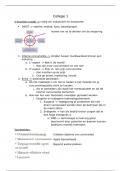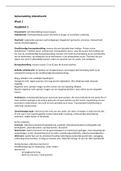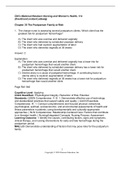Summary
Summary Economics notes unit 2 (summarized whole unit 2) (a level)
- Course
- Institution
This is the notes I prepared and used during the whole two years economics a level course, achieved A* in the end of the course The whole document had summarized varies important points and topics in the whole unit 2: The UK economy-performance and policies This helps memorizing each key poi...
[Show more]
